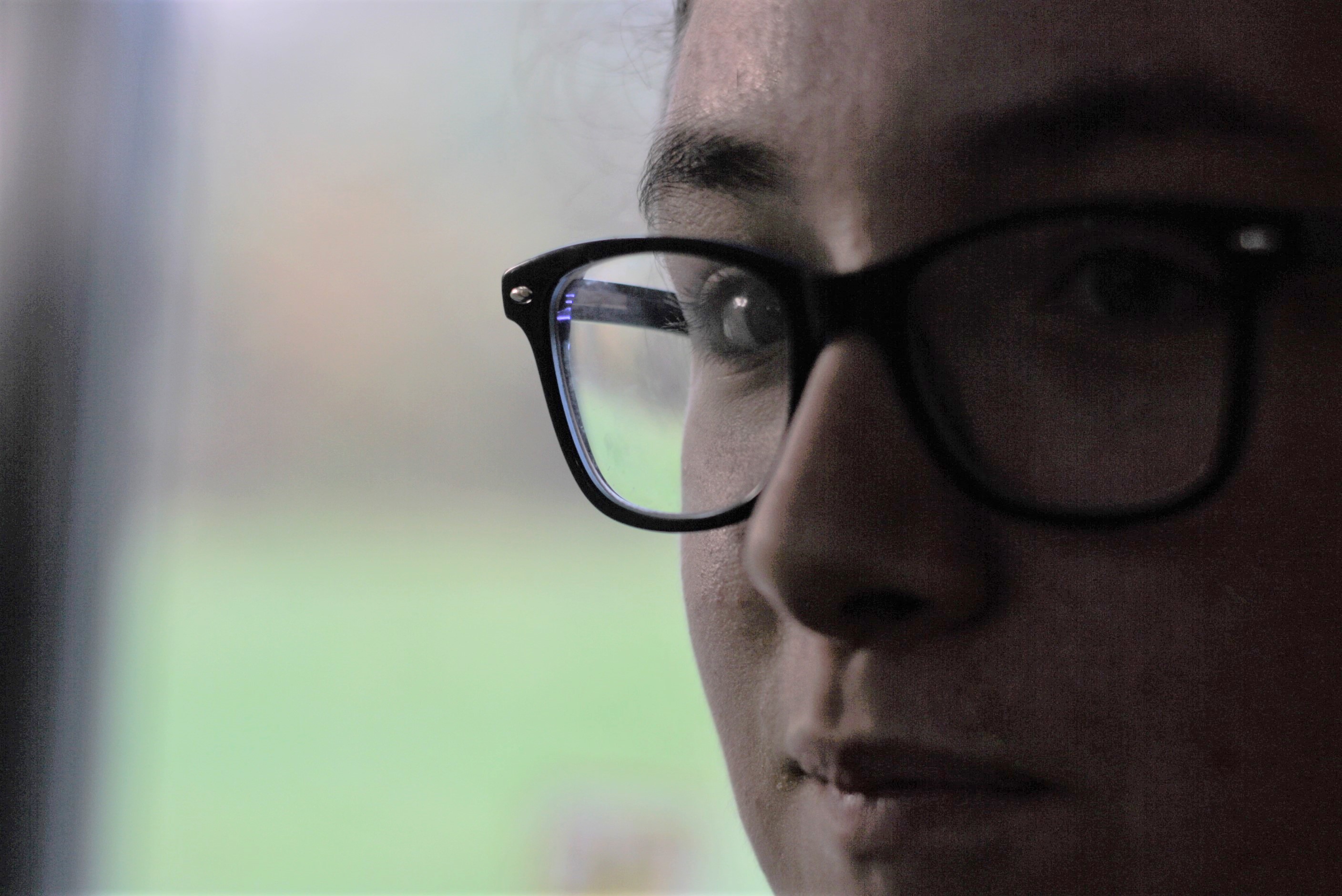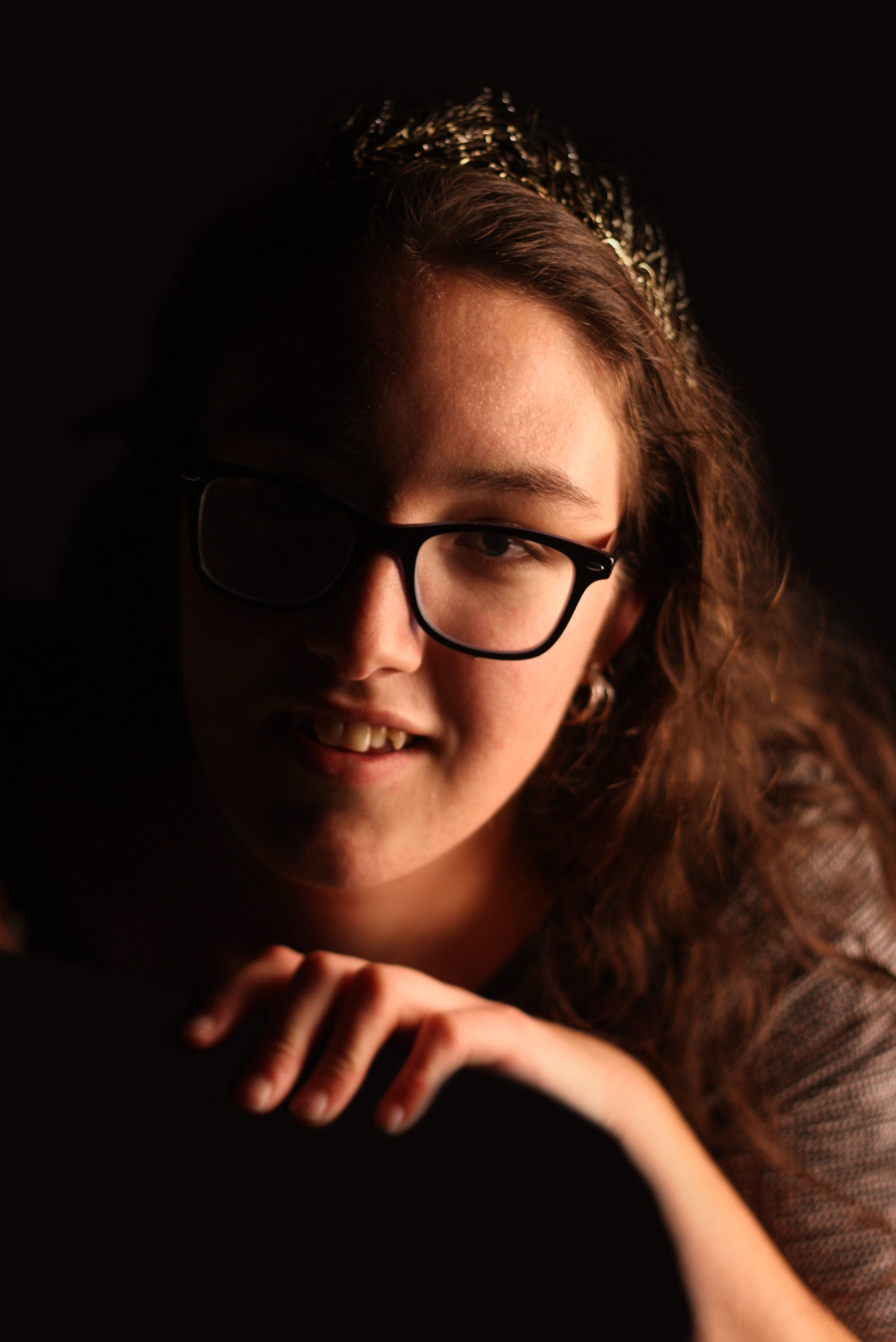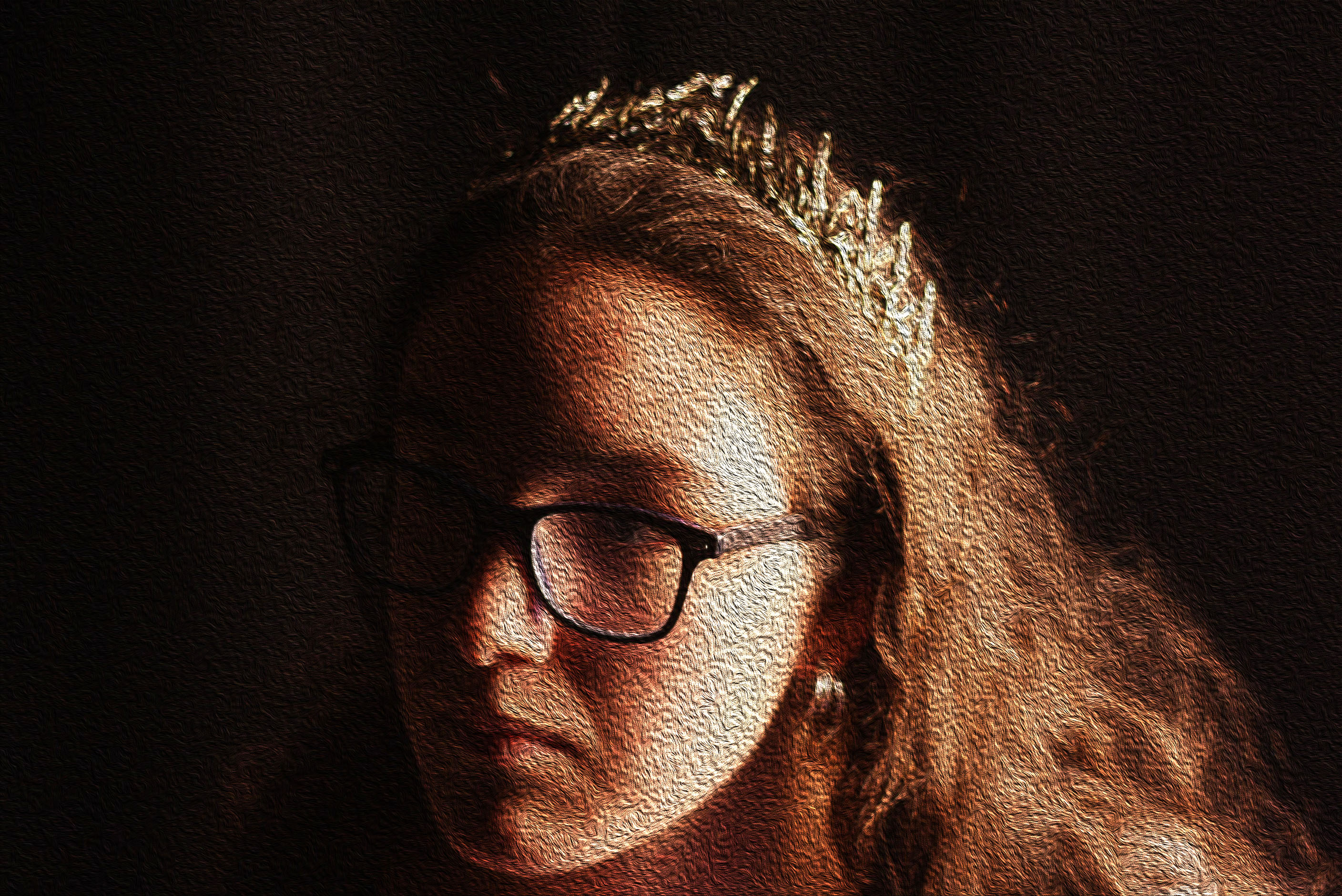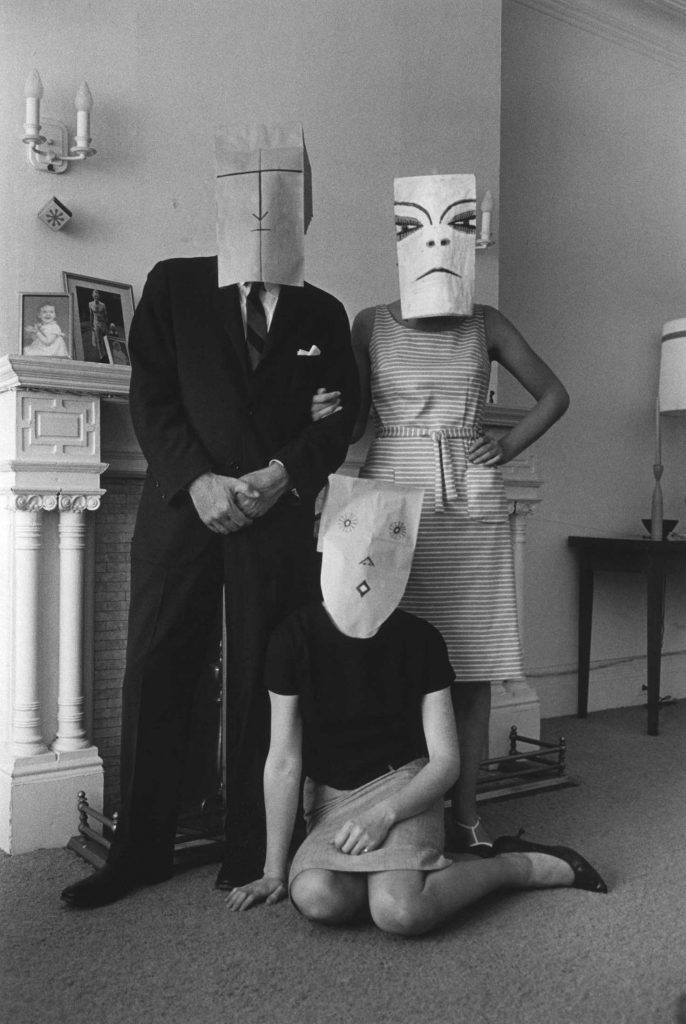
Steinberg captured people with paper bags over there face, hiding and disguising their identity. On the paper bags there are shapes creating a cartoon style face. When someone looses their identity they tend to hide their emotions with fake ones, the paper bag acts metaphorically to show the fake emotions that a person is likely to present when they loose their identity, which presents the conceptual elements within this photographic series. Technically speaking the models are located in the centre of the frame, allowing them to be the main focus point. The background is used to present the background of the person, the type of people they are. In this case they seem rich due to the posh fireplace and large amount of space surrounding them. The photograph is presented in black and white which allows the image to be high in tonal contrast allowing details to be shown clearer. Space, tone and texture are the main formal elements which are being presented within this image. They are all presented through the background and the model, which all add the effect of loosing an identity. The camera settings when taking these images where precise, the ISO seems to be slightly high as there seems to be an intended noise, this also contextually shows the time period (1962) that these images were captured in. The shutter speed seems to be quick as there is no intended blur, moreover there is a large depth of field due to the whole frame being in focus. This photograph presents cold artificial lighting, which adds to the depressing and sinister tone which Steinberg is creating around the idea of someone loosing their identity and trying to be someone whom they aren’t. Contextually, Steinberg wanted to show that everyone is society ‘wears a mask’ to hide the true identity, whether it is metaphorically or physically, through makeup. He said that this was because it acted as “a protection against revelation.”. Applying this to loss of identity, it shows how when people loose their identity they try and pretend to be someone they are not, so people do not find out what they are going through. To apply this contextual idea to this image the paper bags are suggesting that because these people are rich they have to act rude and snobby towards others due to the class system.
Based on this artist research I want to conduct a study where I look at capturing my model disguising their identity. In order to present a stronger relationship between the artist and loss of identity, I intended to use plain white masks and plain simplistic background, so no identity is built around the background of the model. Moreover, I intended to use a similar soft cold lighting in order to create a depressing tone to my work. In order for more inspiration with the use of masks and paper bags, to disguise and present the idea that my model has lost their identity and pretending that they are okay, I intended to conduct visual inspiration through a mood board, were further interests surrounding this topic can be presented.

- While exploring further into mask photography, I got a glimpse of the idea of surrealism with masks. Within this I saw a thin white material like a bed sheet around the head of the model, which takes the viewer away from naturalistic photographs. This presents loss of identity as it shows that there is nothing left when you lose your identity, the white sheet presents metaphorically that the person who loses their identity is left with emptiness. This is an aspect which I think could inspire my photoshoot of masks
- Another aspect which present clear ideas is the use of a blank white mask. These masks can be considered eerie and scary, which can present the emotions that a person feels when they loose their identity. Moreover, the mask physically covers the face of the model which shows the loss of their identity.
By conducting this further research of mask photography I have clear ideas and visions that I want to bring forward to my photoshoot which will be inspired by Steinberg’s use of paper bags/masks.



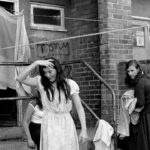
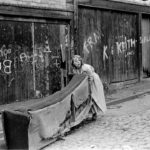


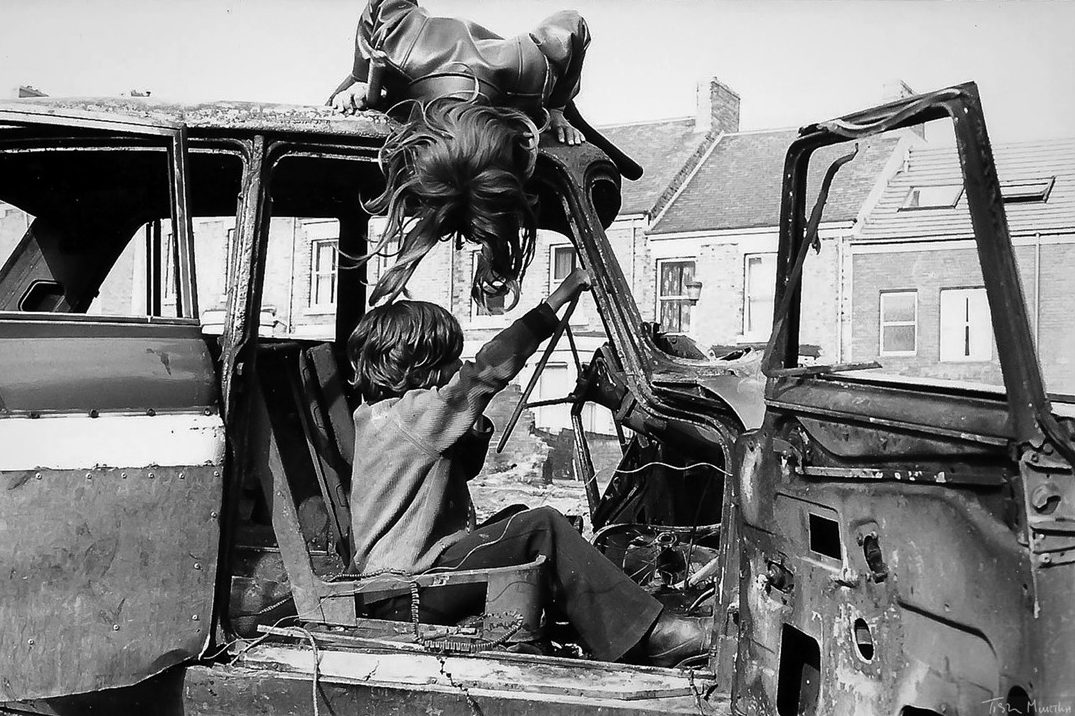
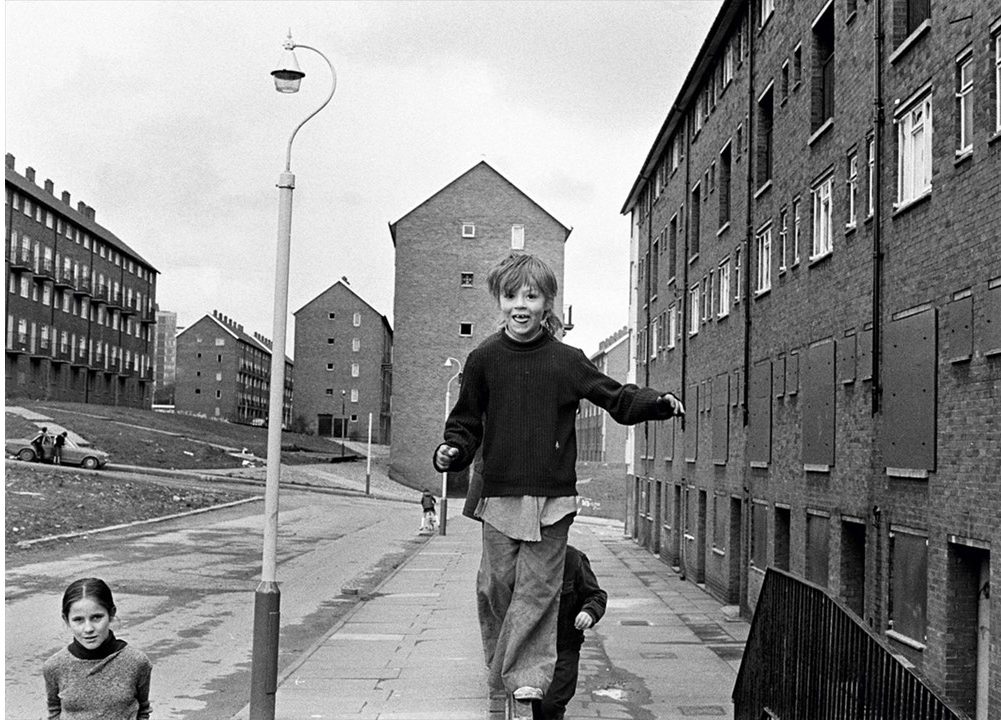
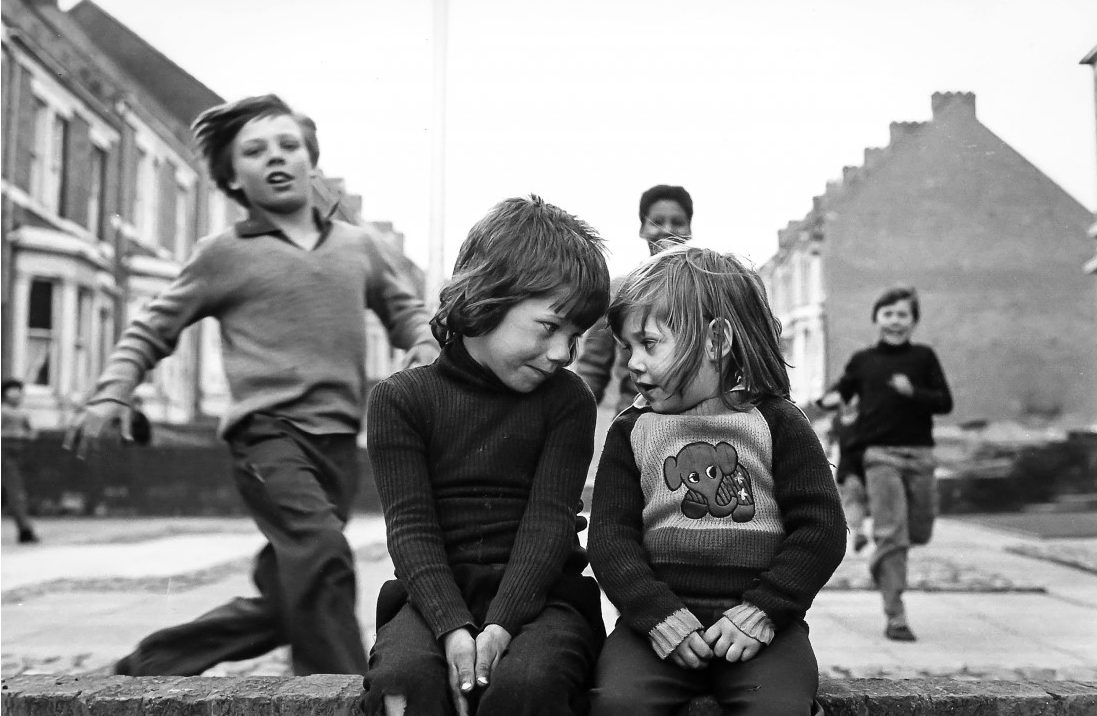
 The above image was taken by Murtha as part of her Youth Unemployment exhibition. This image uses the shock factor of the young boy holding a cigarette so nonchalantly in his mouth, in order to draw the attention of the viewer, before allowing them to understand the underlying meaning. This image portrays the children in a situation (playing cards and smoking cigarettes) that would normally be associated with adult behavior. Here, Murtha is commenting on the fact that a deprived environment often forces children to grow up faster than they should, and the situation they are placed in (poverty) influences them to take the identity of the adults around them.
The above image was taken by Murtha as part of her Youth Unemployment exhibition. This image uses the shock factor of the young boy holding a cigarette so nonchalantly in his mouth, in order to draw the attention of the viewer, before allowing them to understand the underlying meaning. This image portrays the children in a situation (playing cards and smoking cigarettes) that would normally be associated with adult behavior. Here, Murtha is commenting on the fact that a deprived environment often forces children to grow up faster than they should, and the situation they are placed in (poverty) influences them to take the identity of the adults around them.

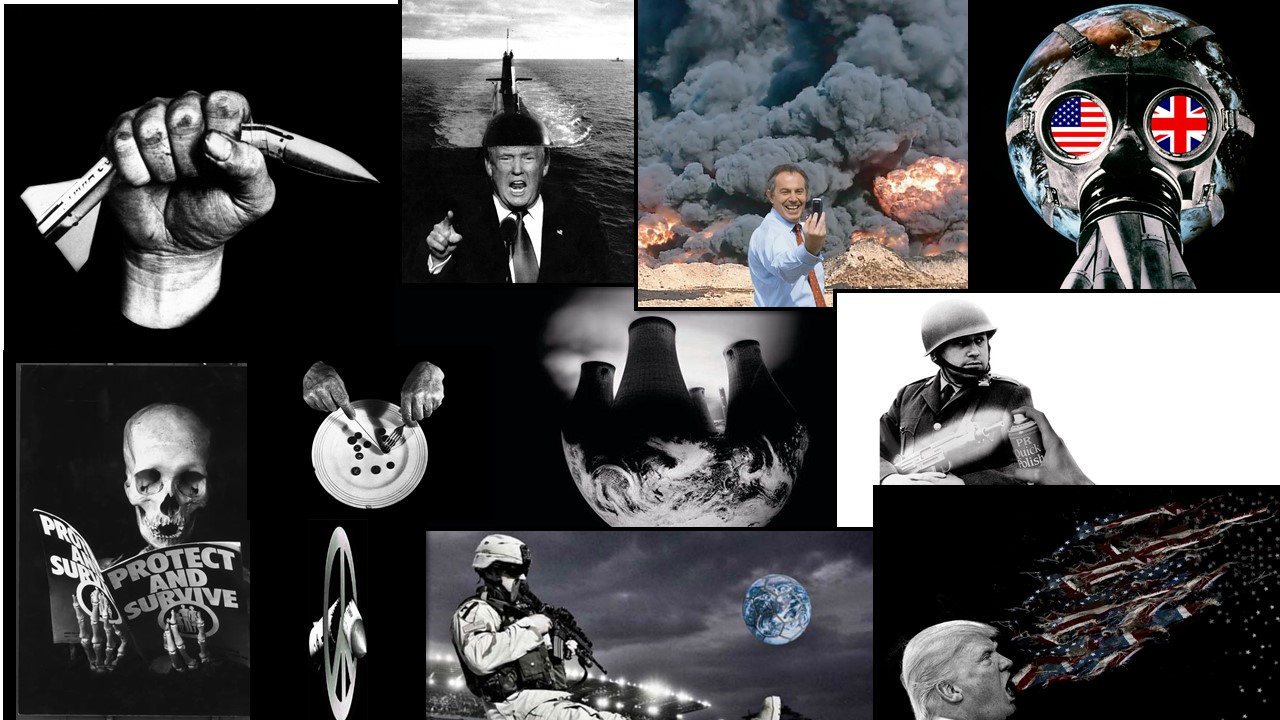
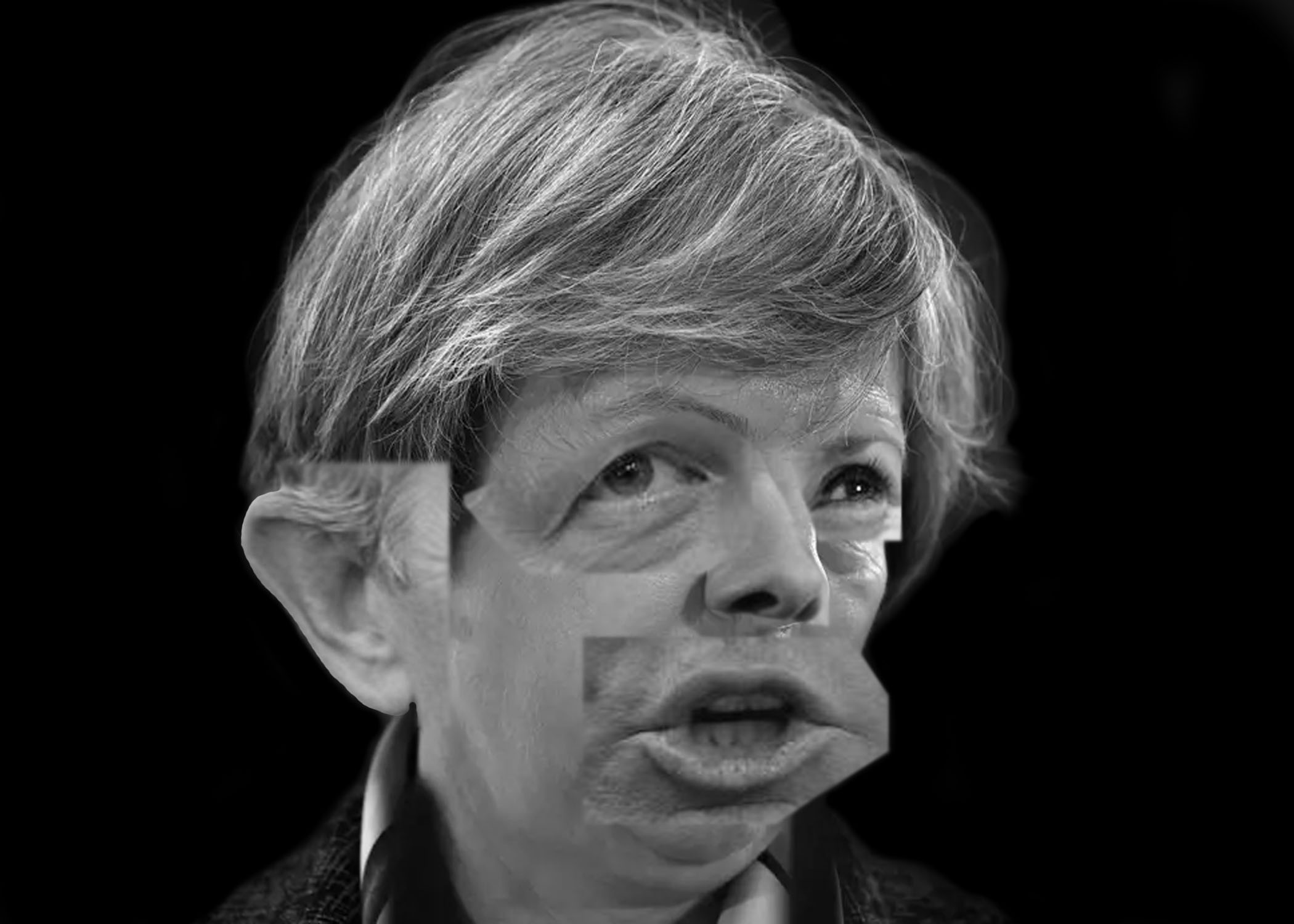
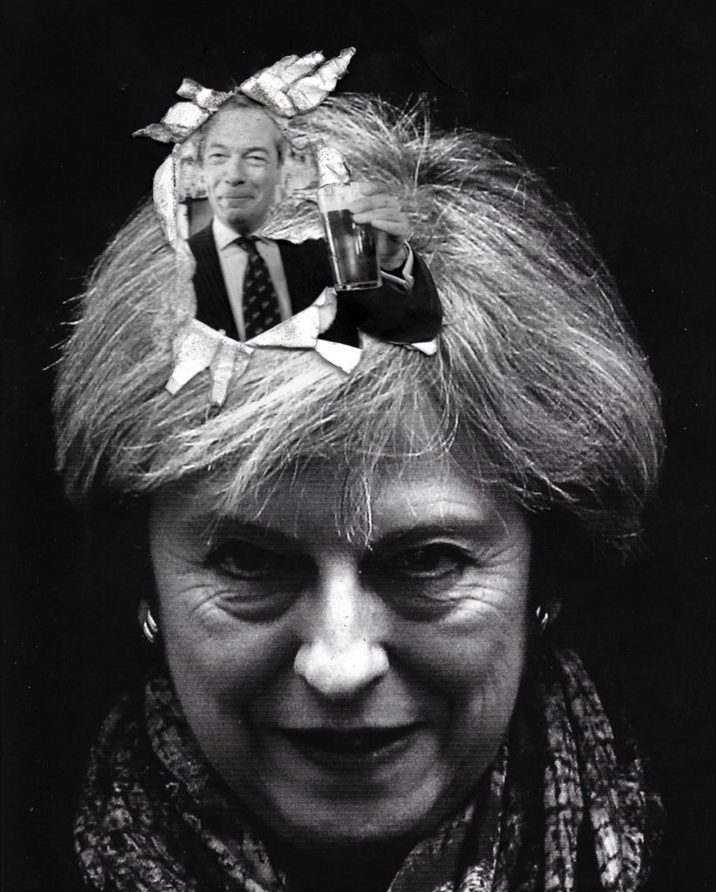




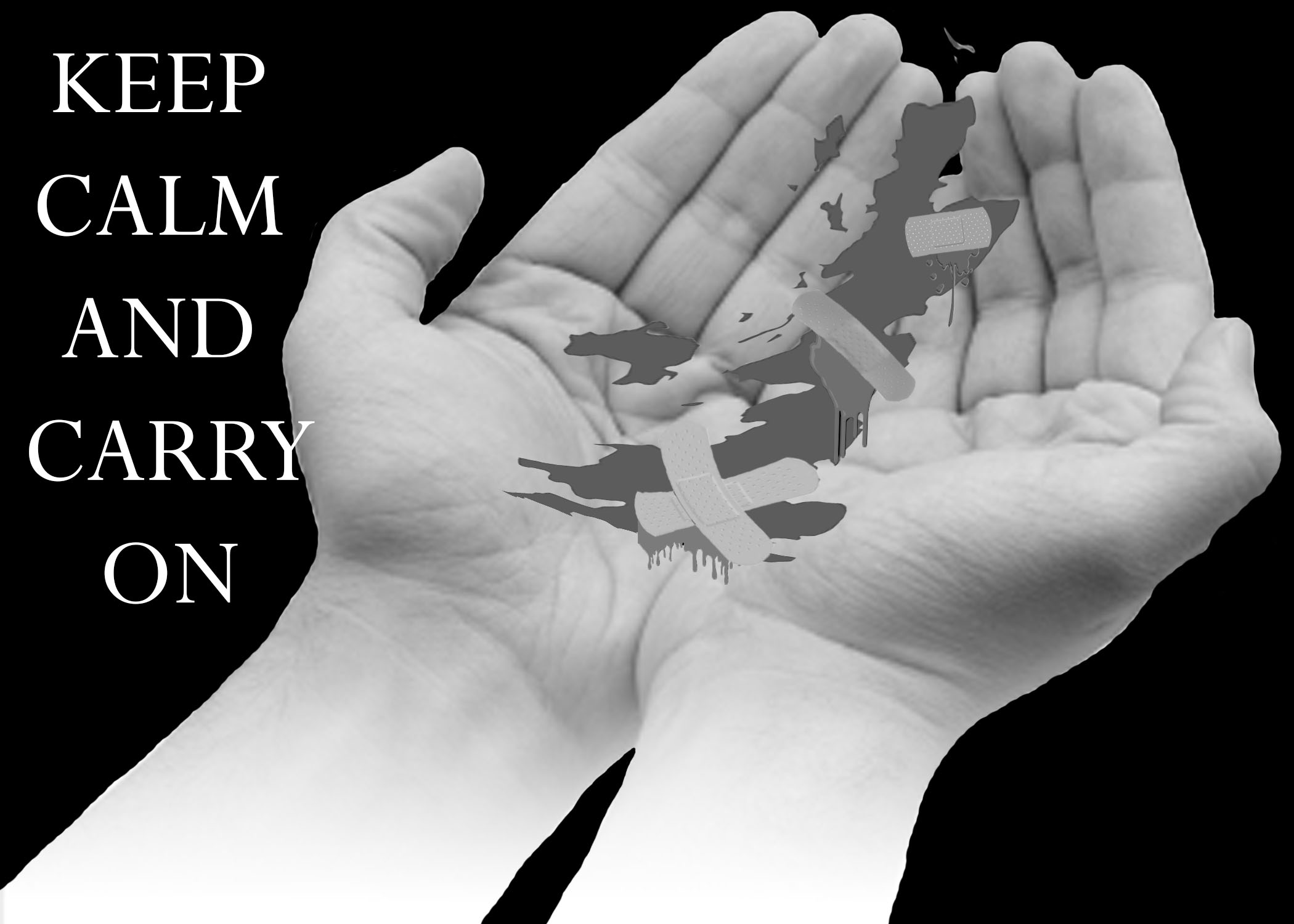



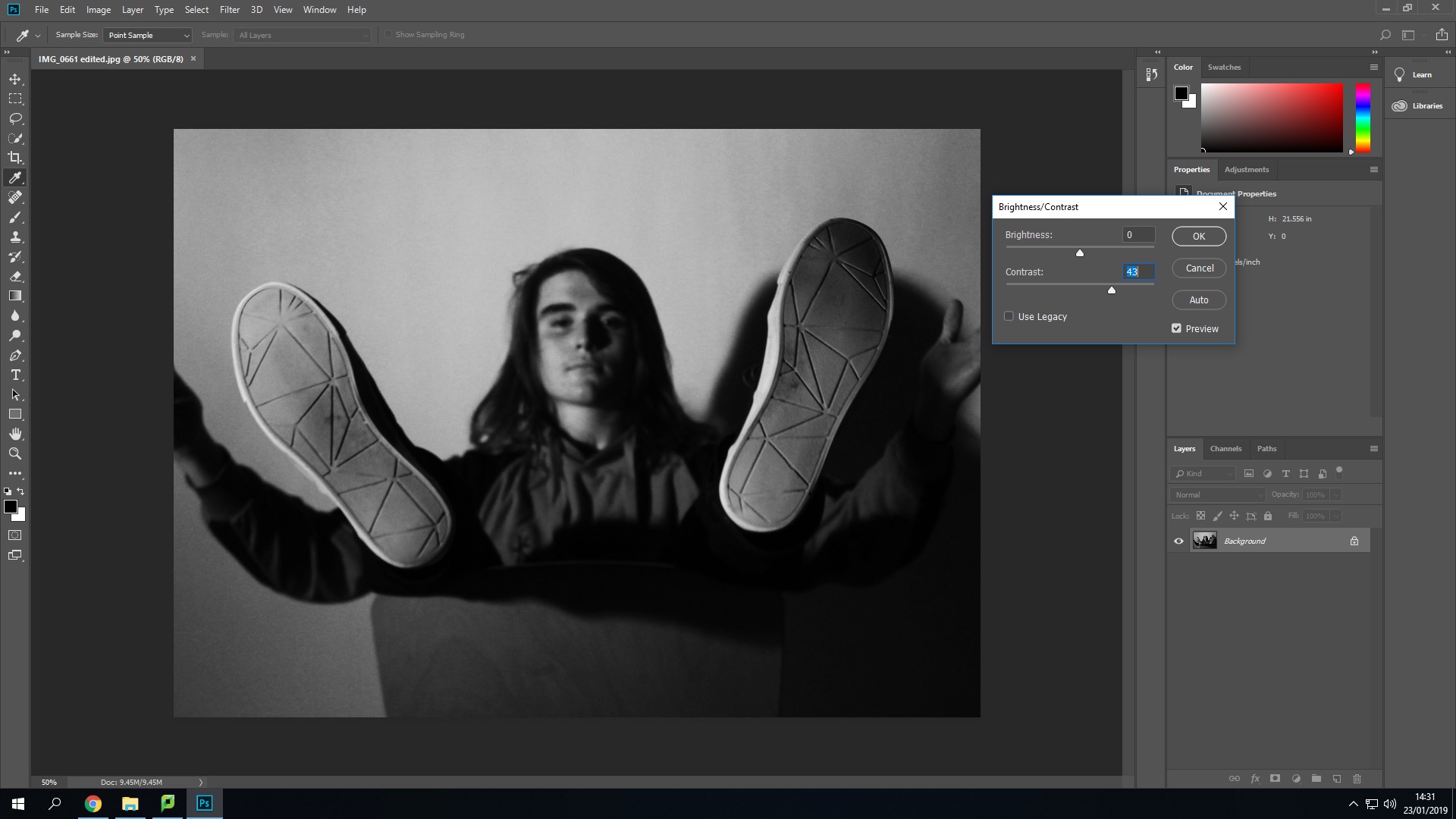


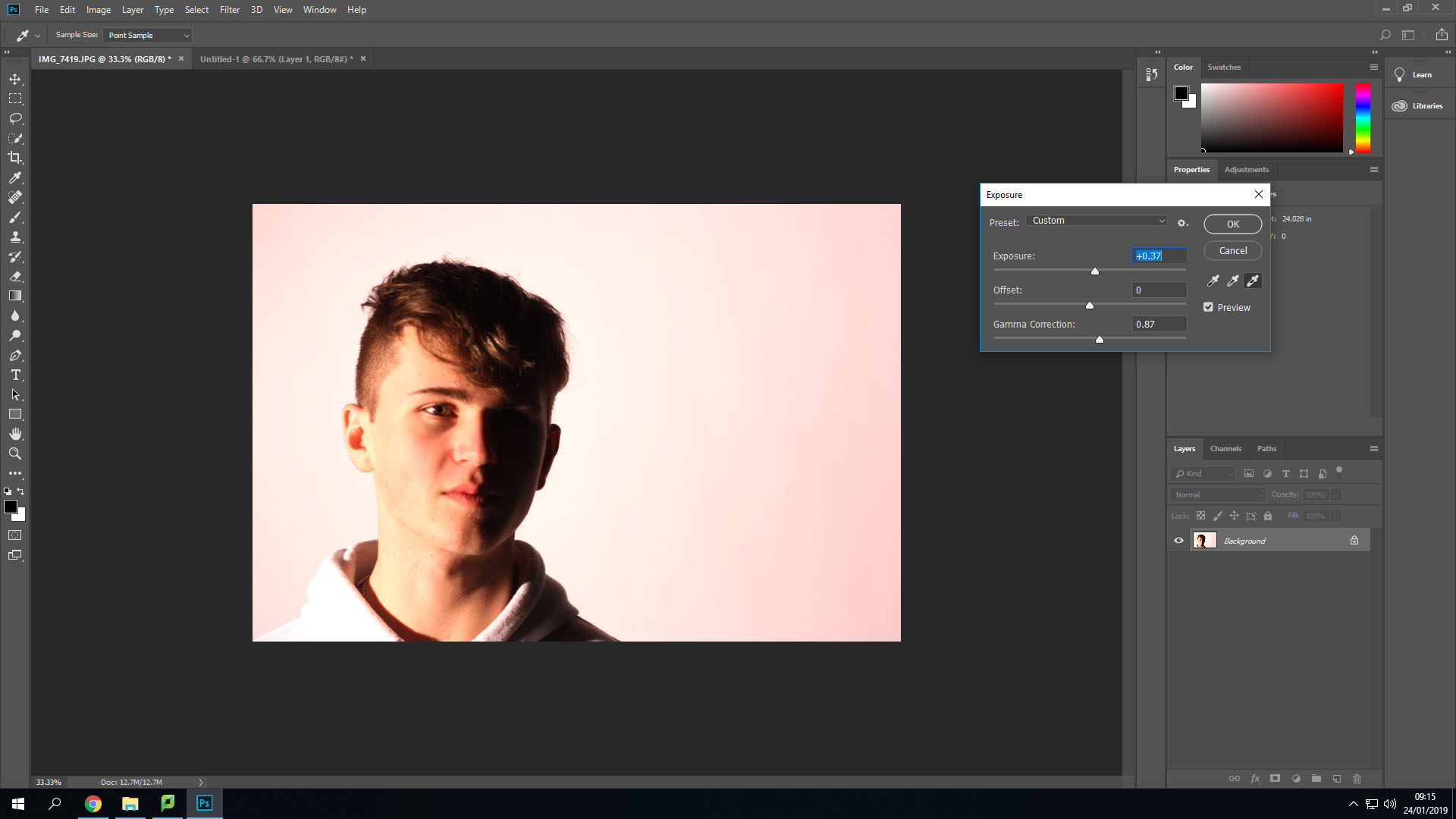
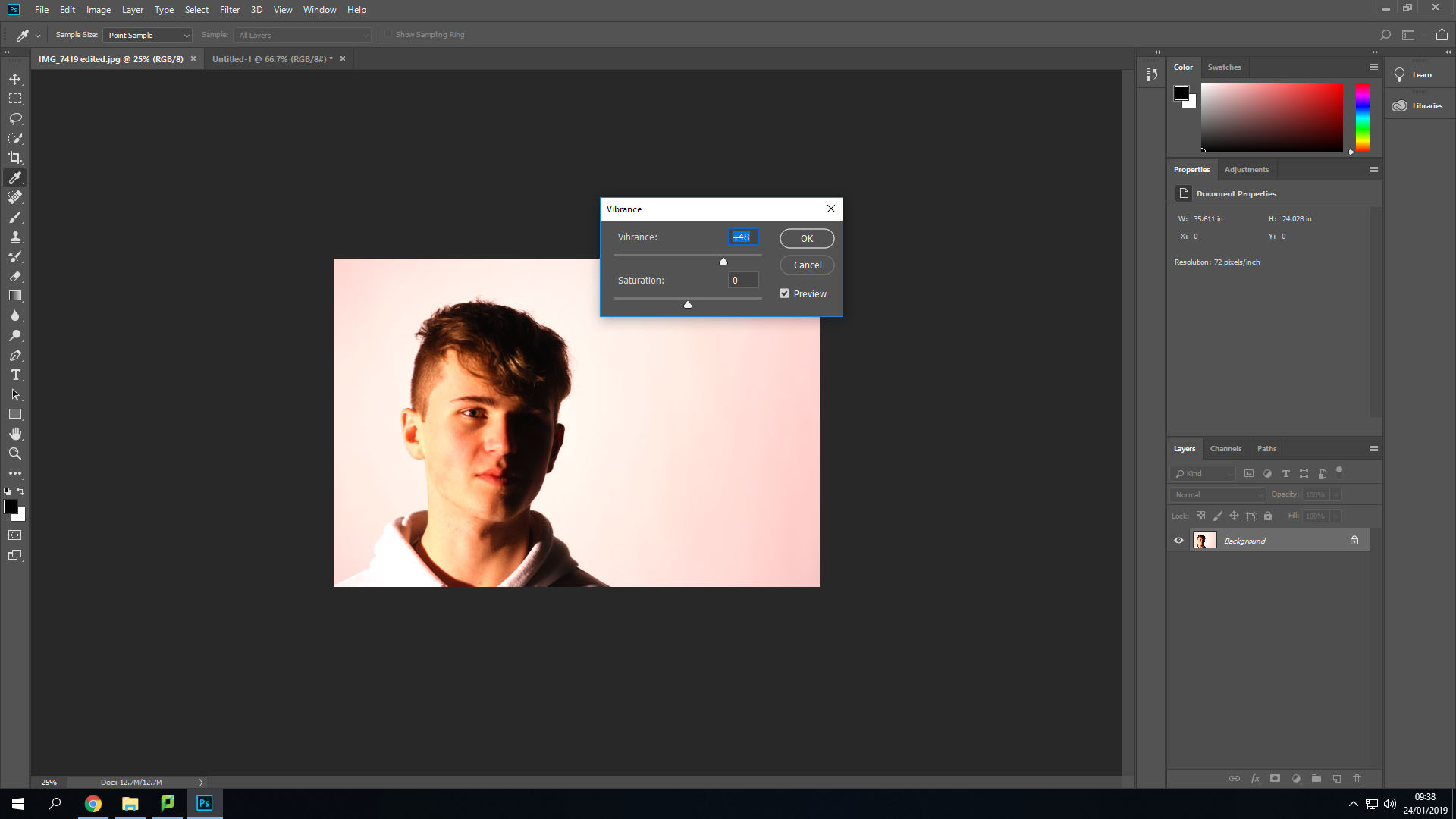
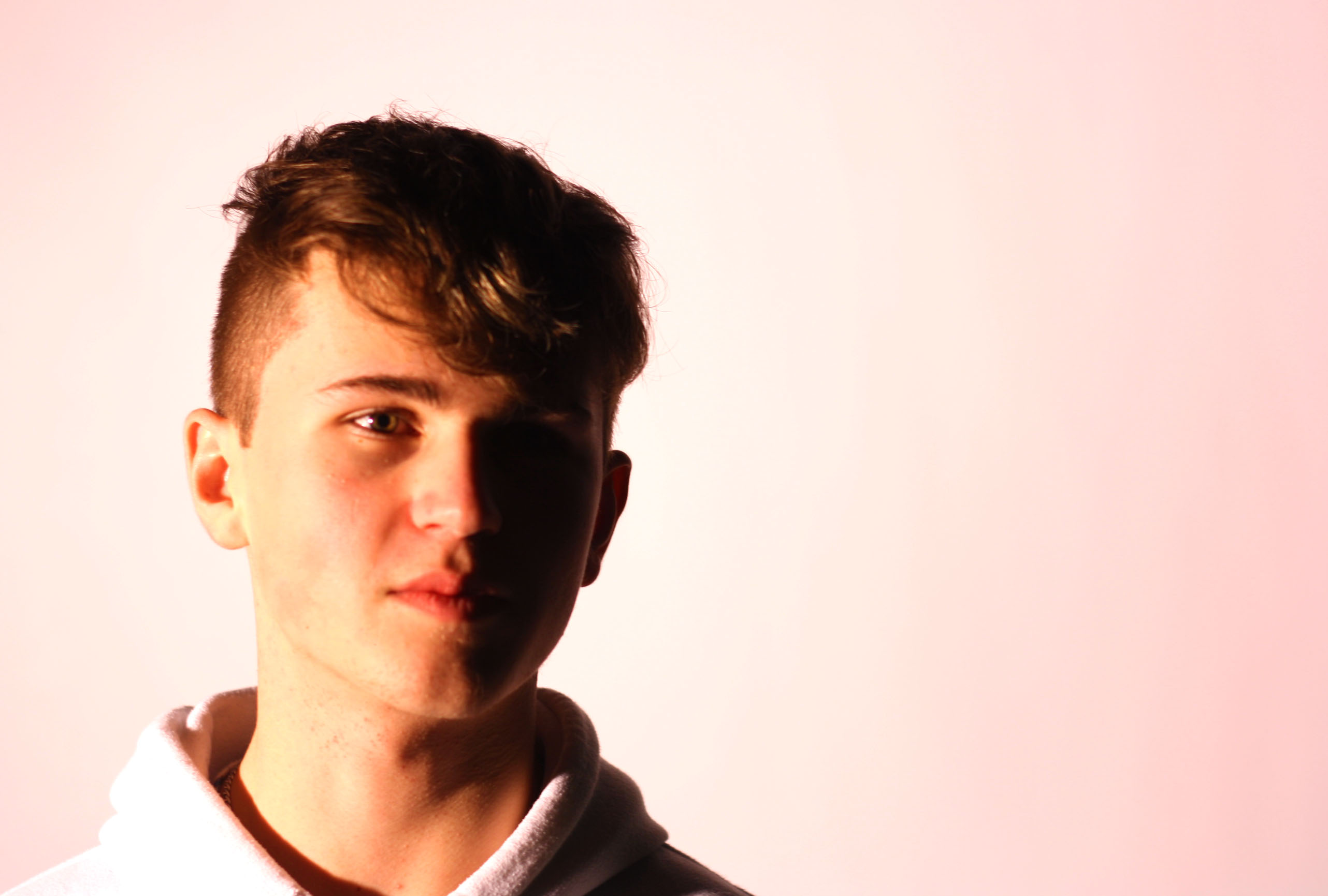
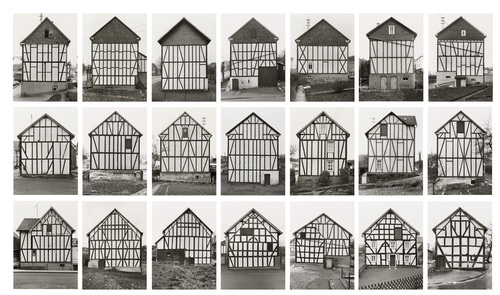
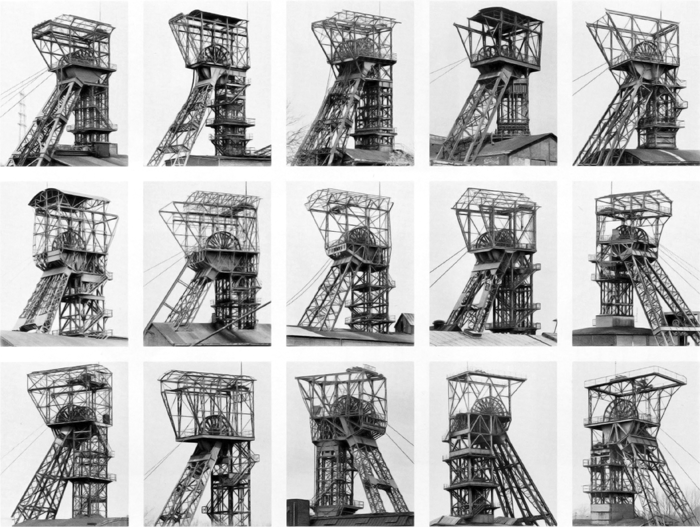

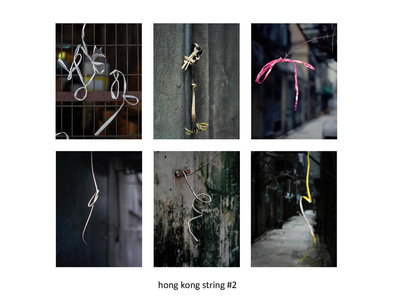



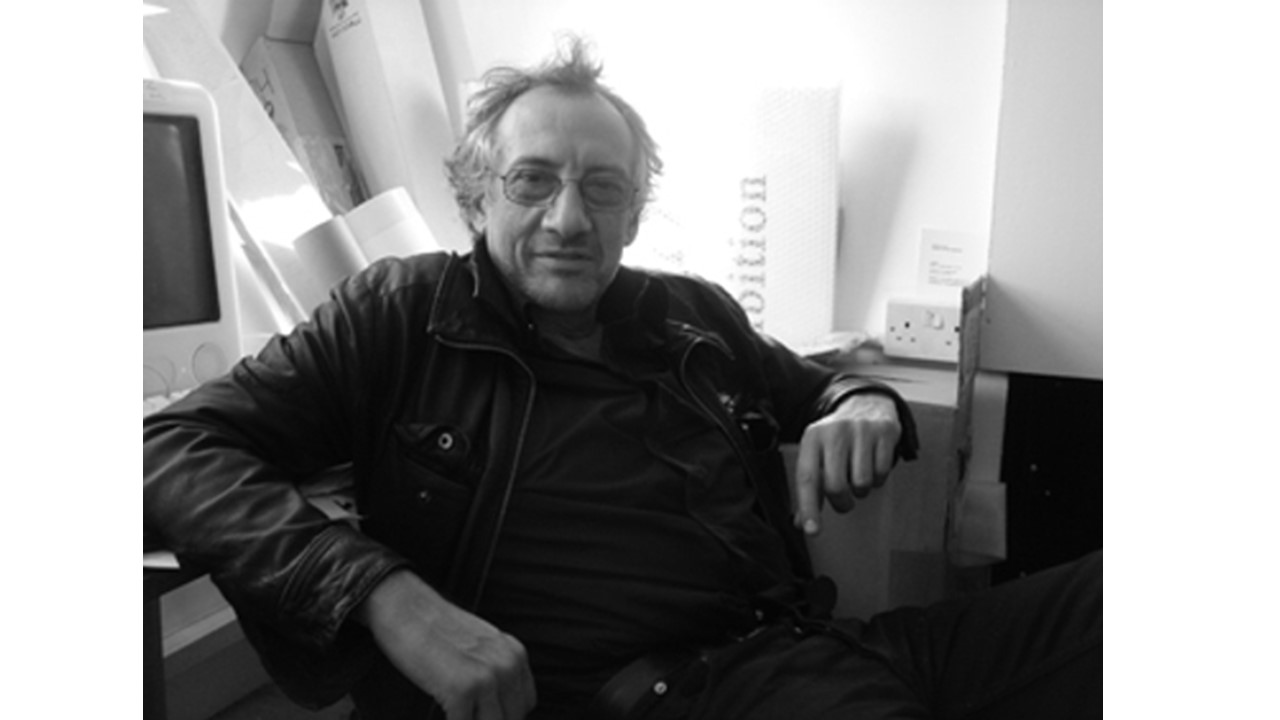
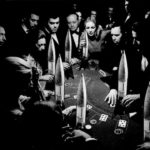

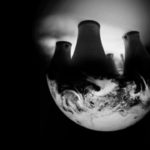
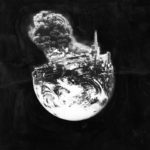

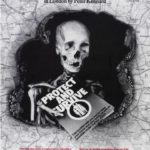
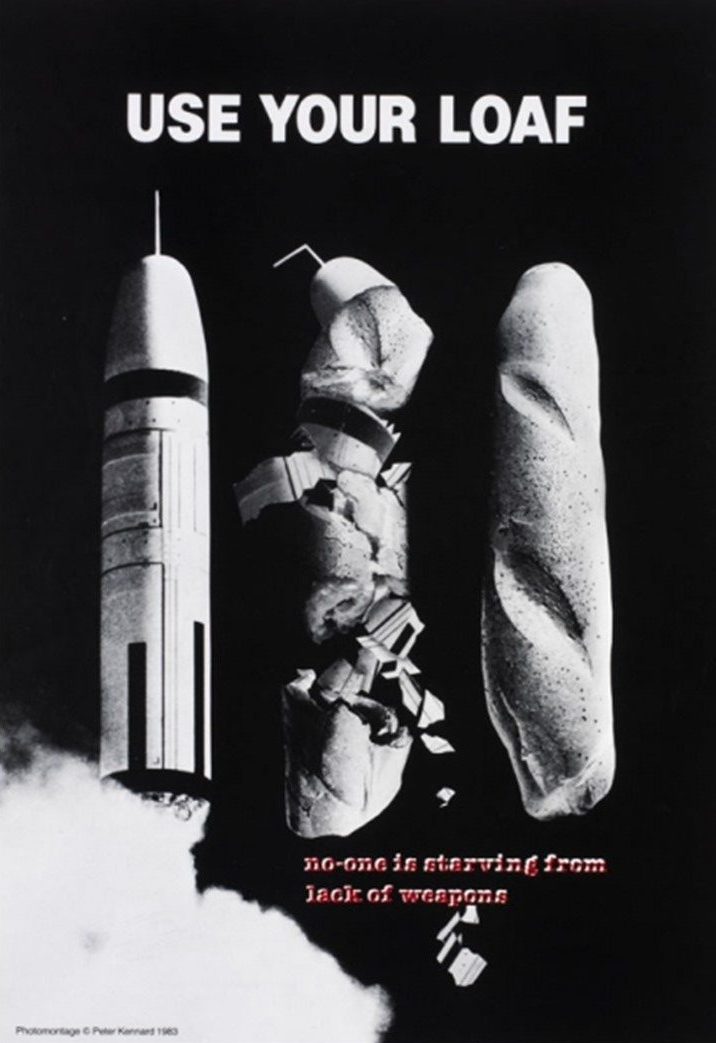

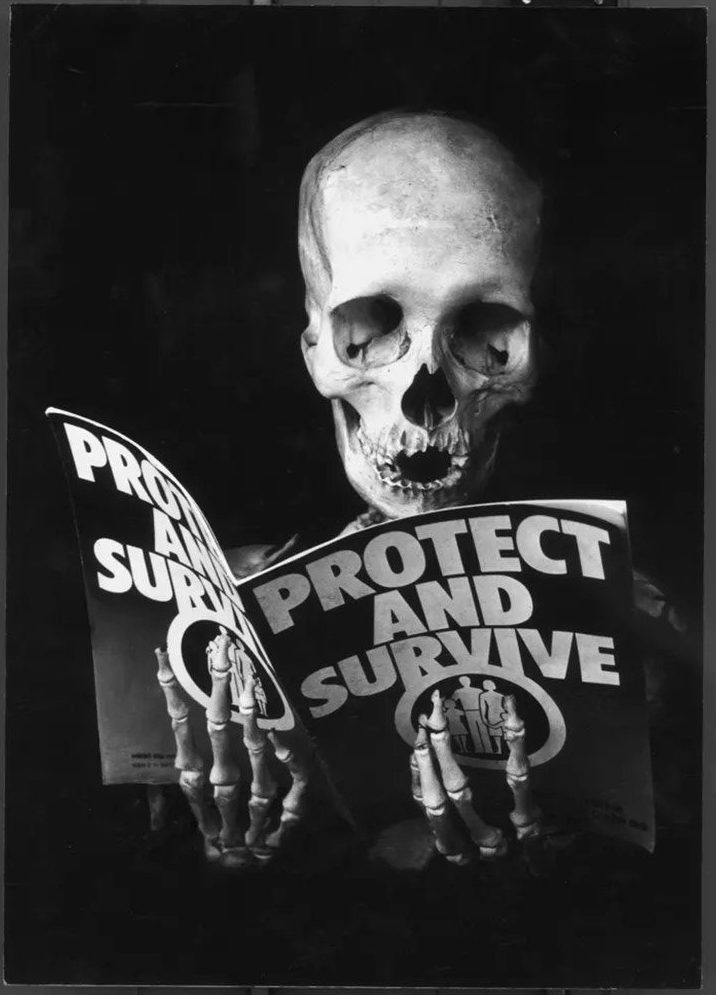

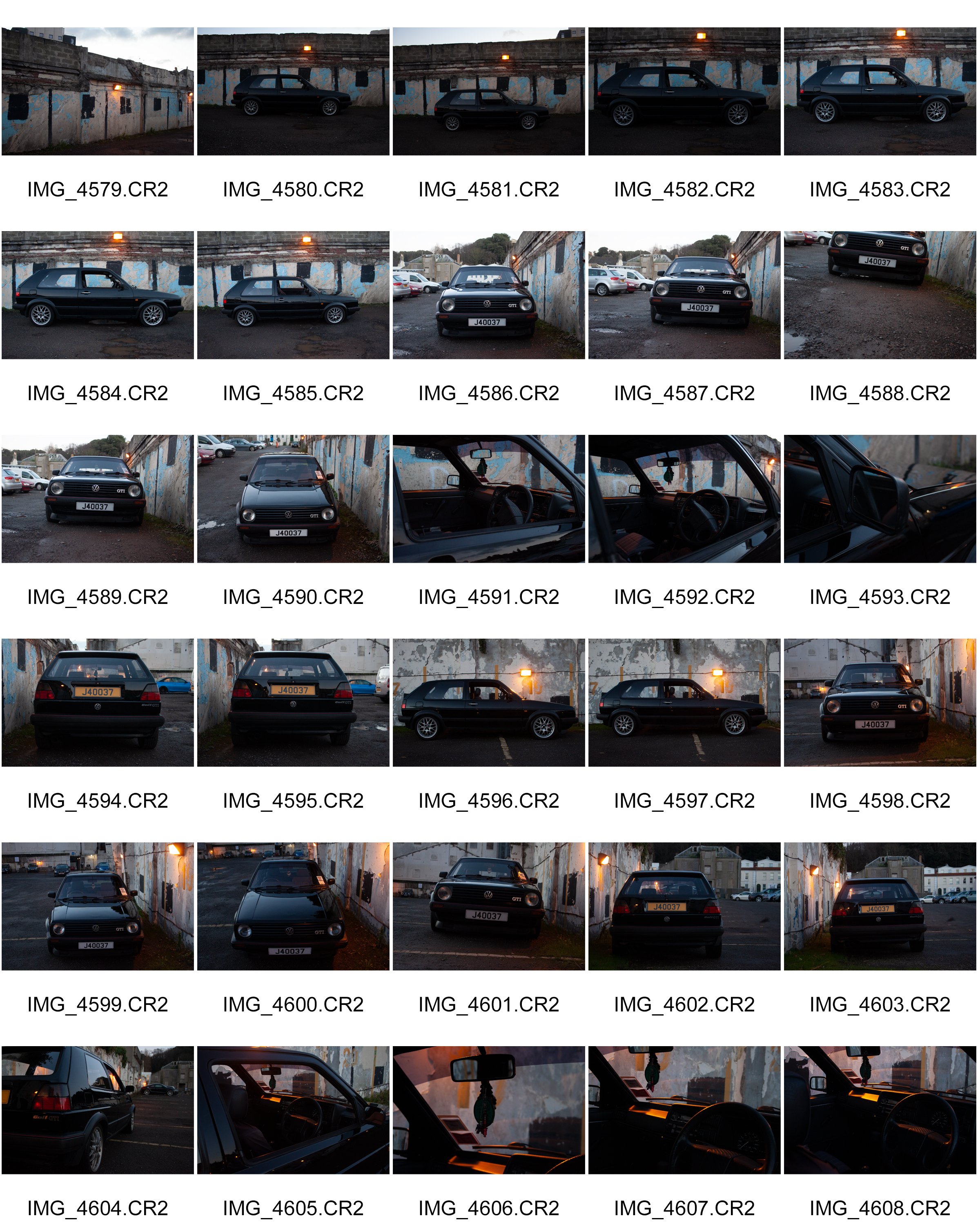
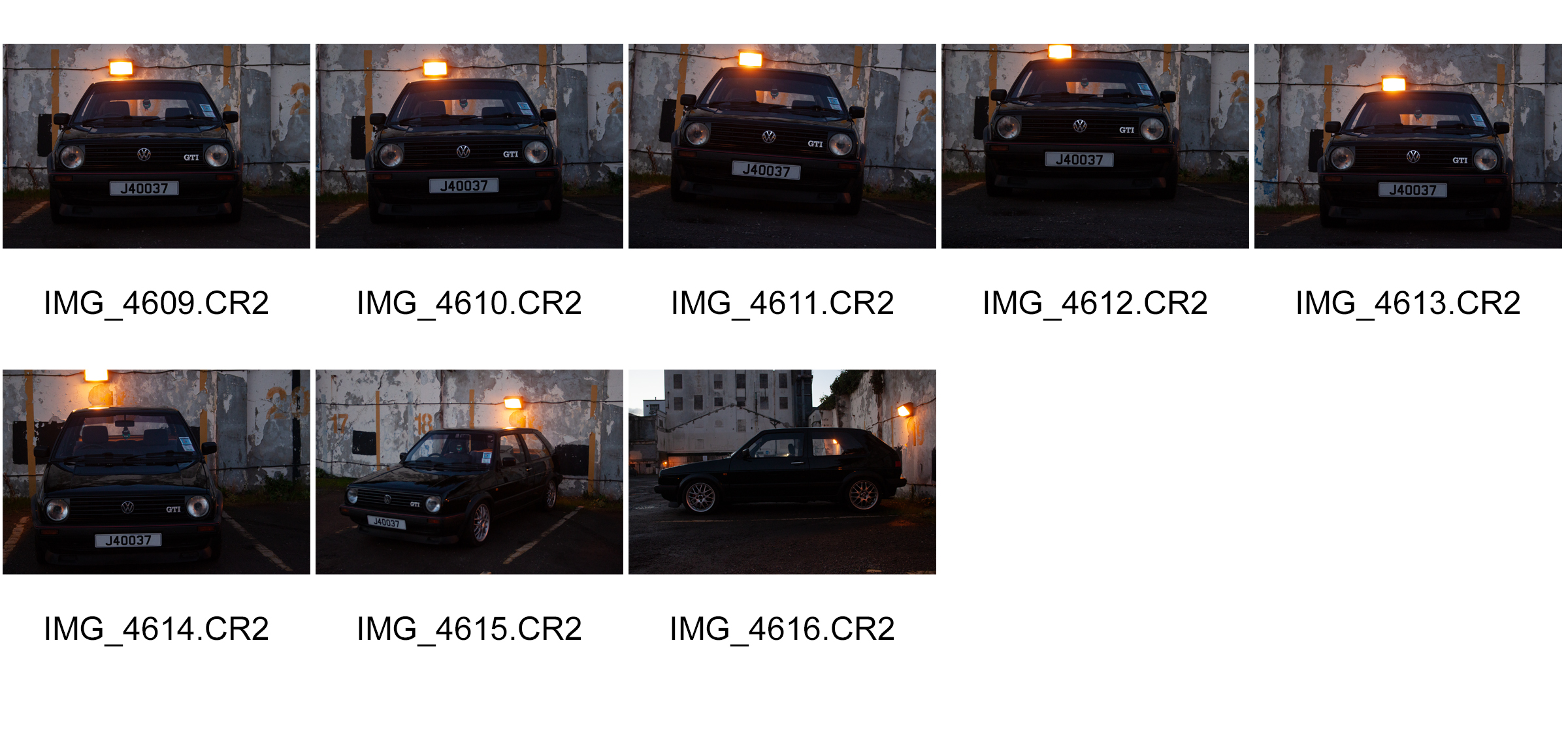
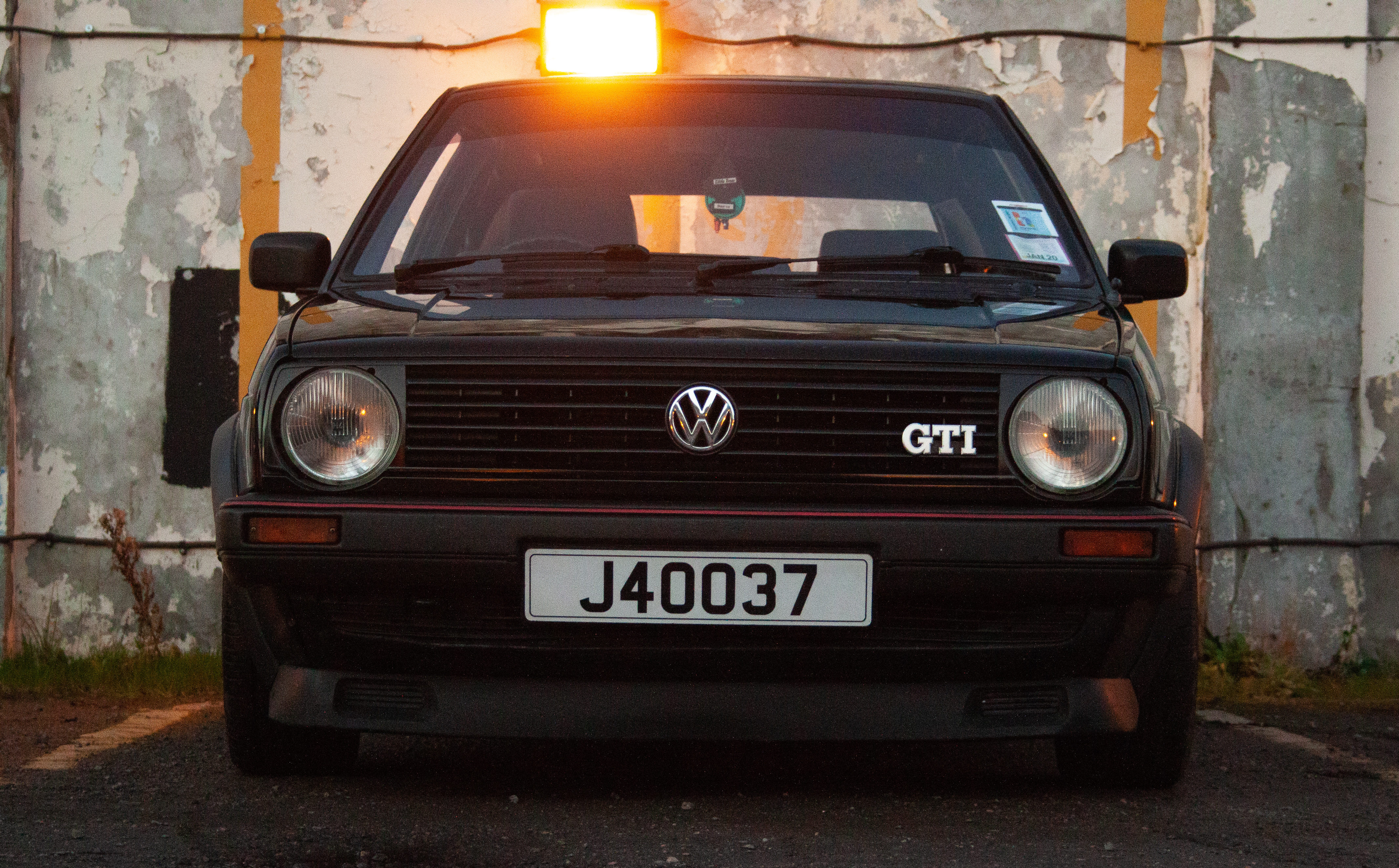

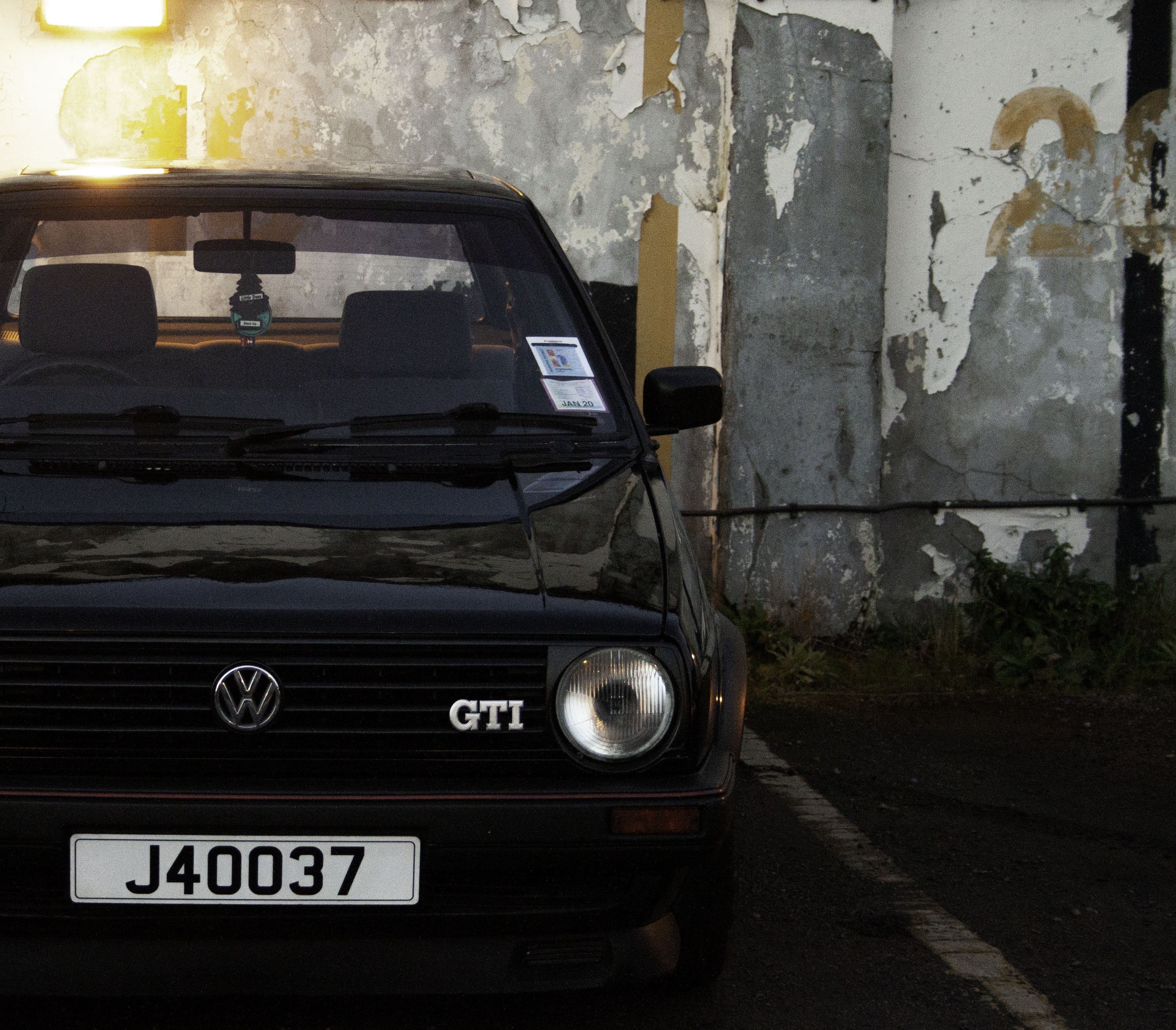



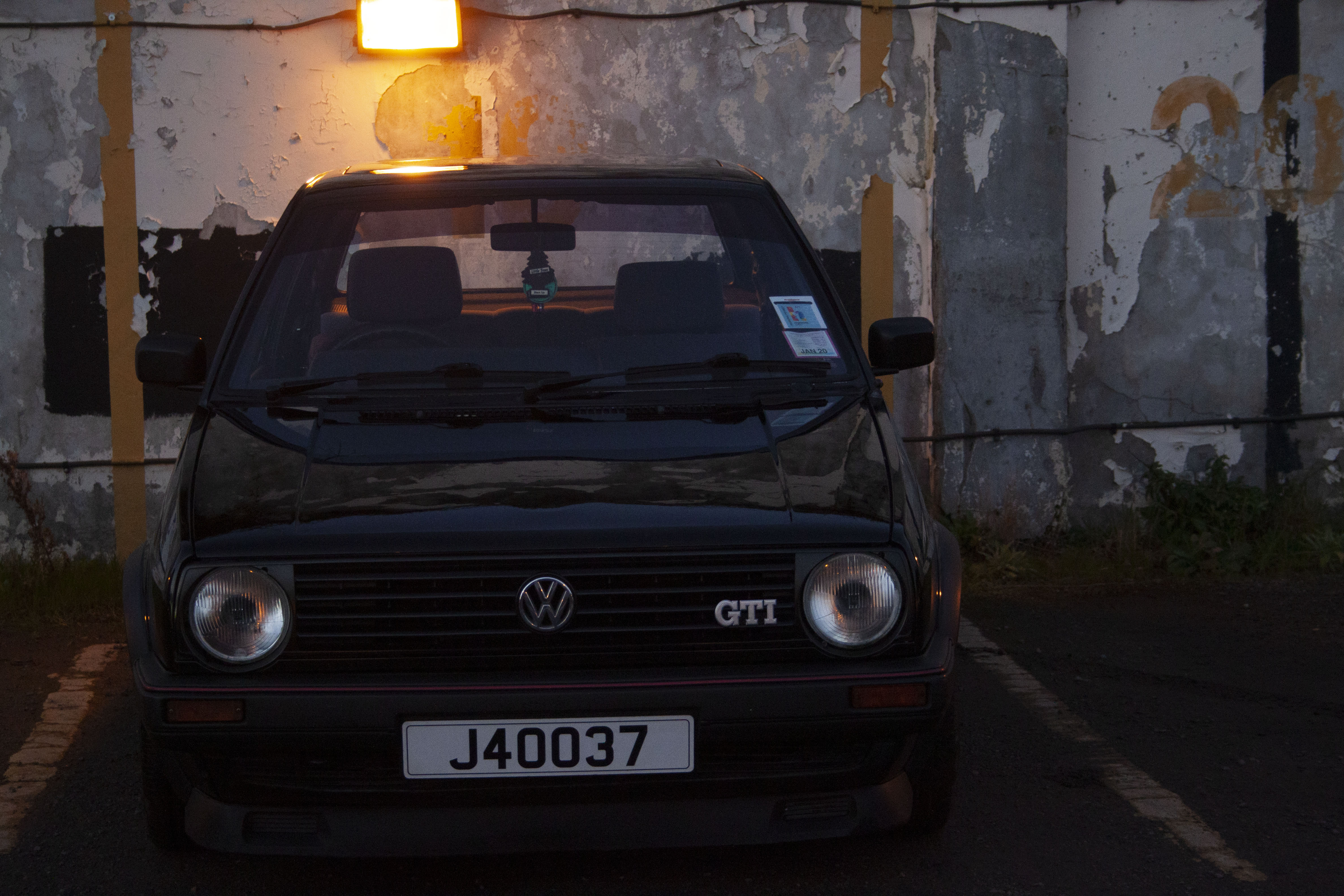 Original
Original